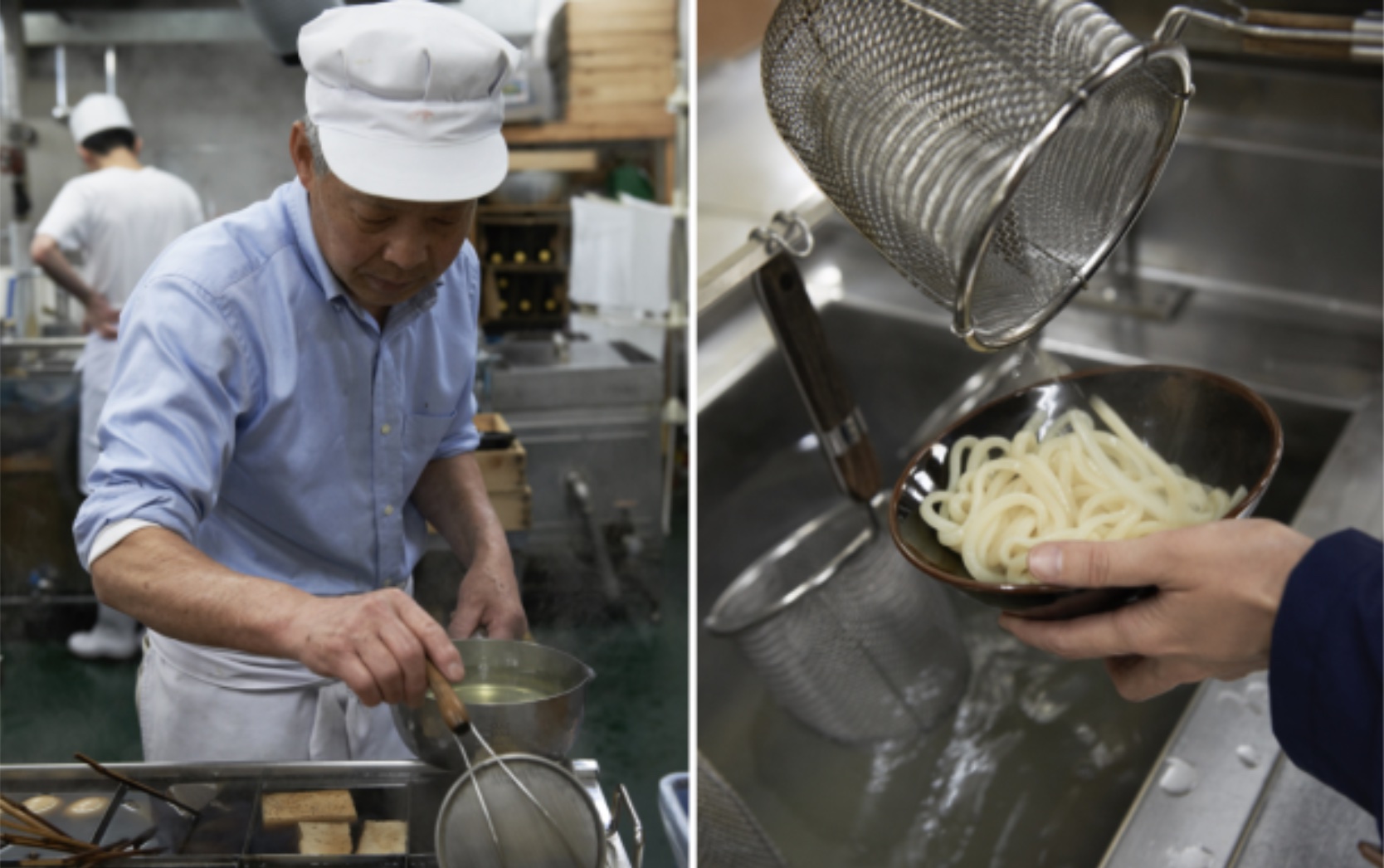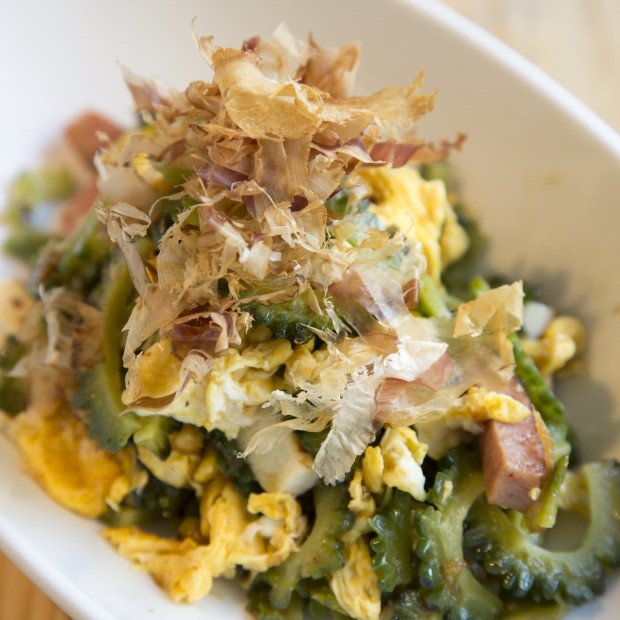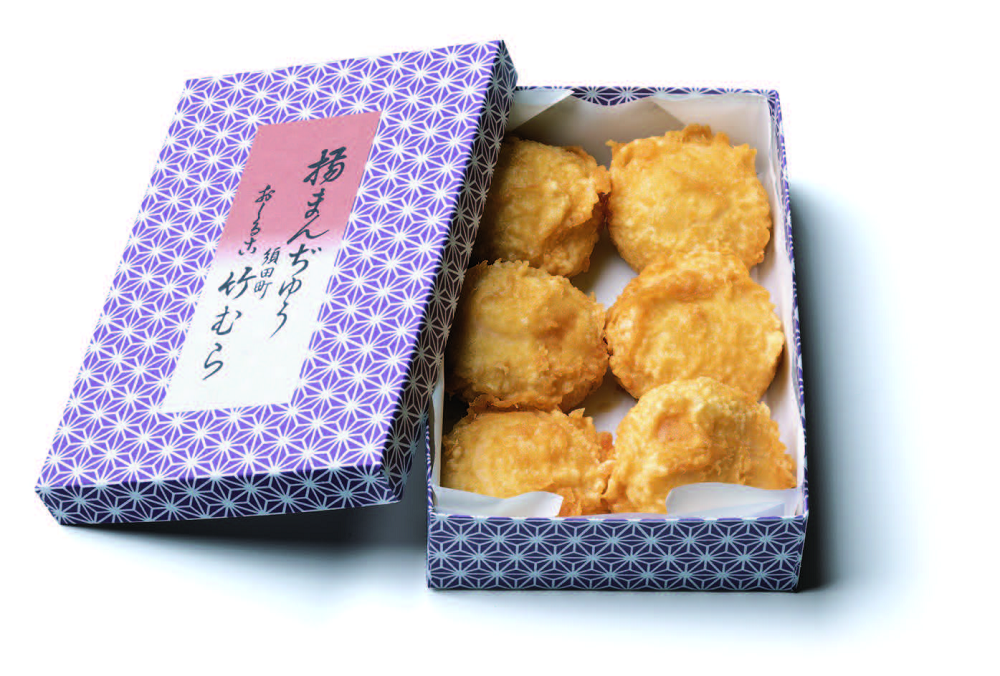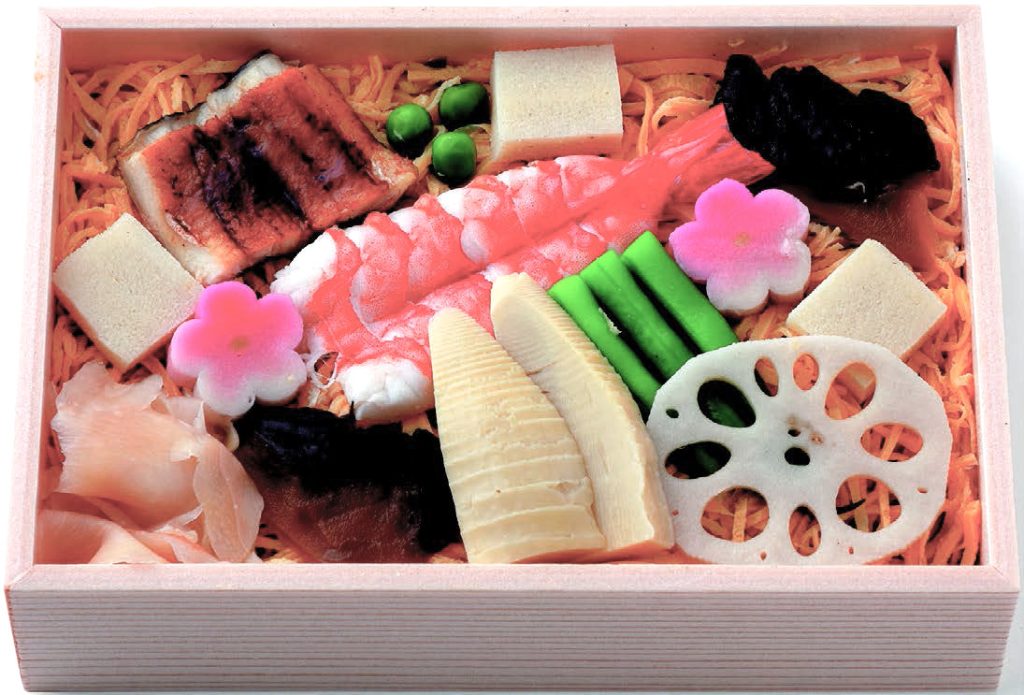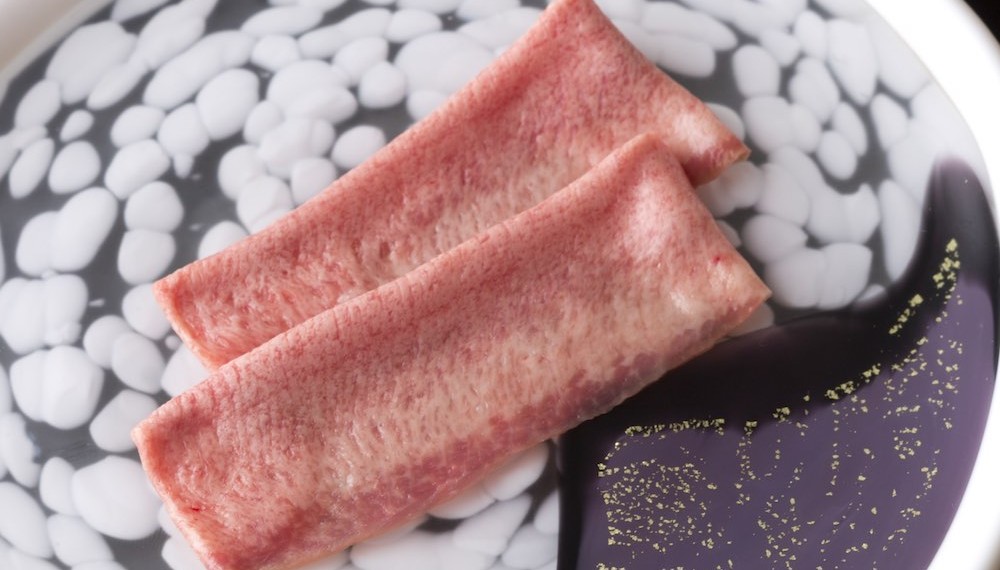In recent years, Kagawa (香川) Prefecture has been gaining popularity under the nickname ‘Udon Ken’ (Udon Prefecture). On the other hand, some locals say that this is not the only attraction of the prefecture. If you look at Takamatsu (高松) City, the prefectural capital, you will find the famous garden which was maintained by the Lord of the Takamatsu, and traditional lacquerware and ceramics that were cultivated in the castle town. The city is compact and flat, making it easy to stroll around.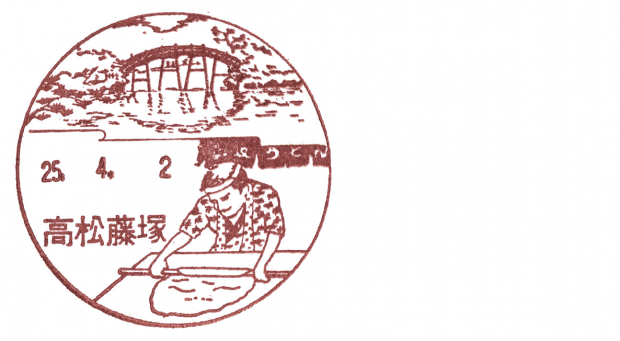
Delicious udon noodles and an elegant castle town
Wake up early for a stroll through the Lord’s gardens (大名庭園). ‘One step, one view’. Every step leaves an impression
The castle town of Takamatsu began with the arrival of the Ikoma (生駒) clan in the Warring States period and matured during the reign of the Takamatsu clan. On the coast overlooking the Seto inland sea (瀬戸内海) is Takamatsu Castle, the water castle of the domain’s regent, and inland, at the foot of the mountains, is Ritsurin-so (栗林荘), the favourite villa of generations of domain lords. The area of this walking tour is a 3-kilometre straight line that connects the two ancient sites.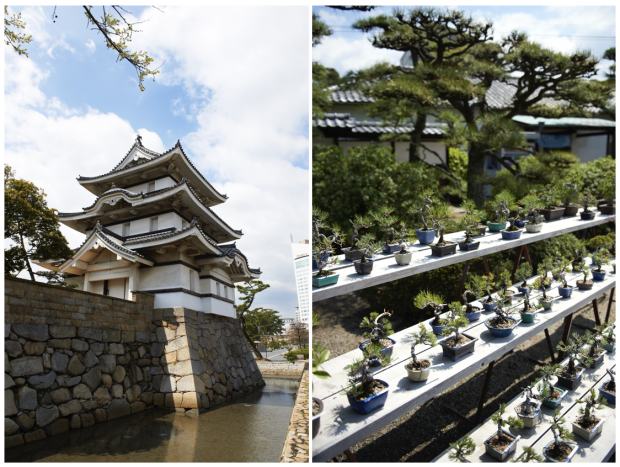 The Tsukimi (月見) turret at ‘Historic Site: Tamamo (玉藻公園) Park, Ruins of Takamatsu Castle’. A variety of small bonsai from Kinashi (鬼無)-cho and Kokubunji ( 国分寺)-cho, the prefecture’s bonsai villages.
The Tsukimi (月見) turret at ‘Historic Site: Tamamo (玉藻公園) Park, Ruins of Takamatsu Castle’. A variety of small bonsai from Kinashi (鬼無)-cho and Kokubunji ( 国分寺)-cho, the prefecture’s bonsai villages.
Ritsurin-so was widely opened to the public as the prefectural ‘Ritsurin Park’ in the Meiji era. Take a walk through the lords’ gardens, which are over 300 years old. The garden is beautifully landscaped with numerous lakes, mountains and streams. The beauty of the garden is described as ‘one step, one view’ and is rich in variety. The visual effect of the tea houses and arched bridges as a focal point against the gently sloping Shiunzan (紫雲山) is particularly stunning.
The park is open from sunrise to sunset (depending on the season). In summer, the gates open at 5.30am (!). For the people of the town, a quiet morning stroll in the absence of tourists is a way of life. It is also nice to be able to enjoy morning congee in the park’s teahouse, Hanazono-tei (花園亭) Pavilion.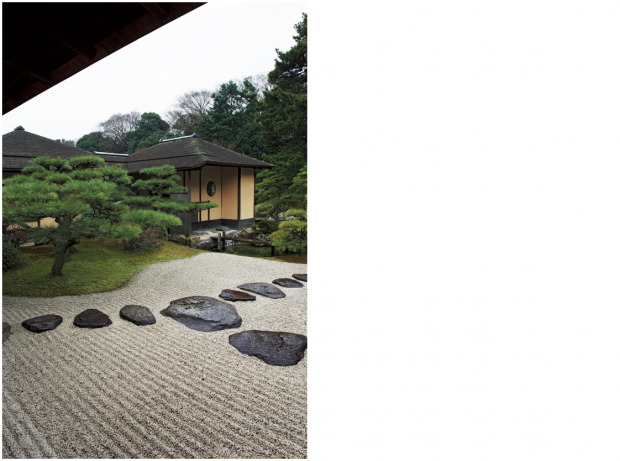 Ritsurin Park was awarded three stars by the Michelin Green Guide Japon.
Ritsurin Park was awarded three stars by the Michelin Green Guide Japon.
Designated as a ‘Special Place of Scenic Beauty’ under the Law for the Protection of Cultural Properties, it is, so to speak, a ‘National Treasure of the Garden’. You could gaze at it for hours without getting tired of it.
After exiting the north gate of the park, visit the Rihei (理平) pottery kiln, which has a long history as an imperial kiln. The family originated from a potter invited from Kyoto by Matsudaira Yorishige (松平頼重), the first generation of the Takamatsu clan (brother of Mito no Komon (水戸の黄門) sama), and has been involved in tea ceremony ceramics for generations. Today, the 14th generation, Kita Rihei (紀太理平), uses Kyo-yaki (京焼) techniques to produce colour paintings of Setouchi (瀬戸内) scenes. The elegance of Sanuki (讃岐) is reflected in the white ceramic skin.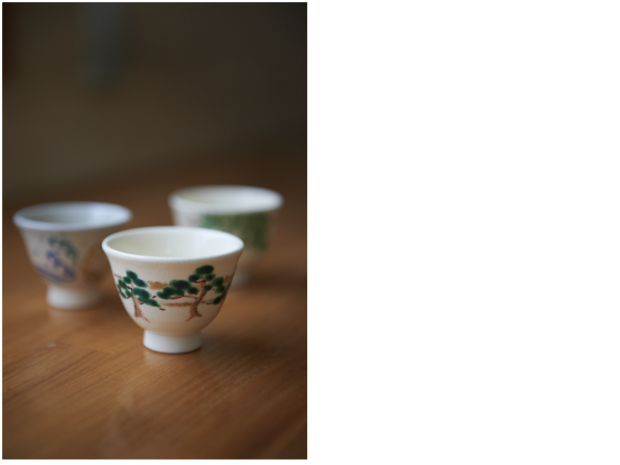 ‘Rihei ware’ gulping cups
‘Rihei ware’ gulping cups
Sanuki udon is meant to be slurped down and ‘eaten with your throat’
Sanuki udon restaurants are a must when exploring Takamatsu. Some shops open in the morning and sell out, while others have queues at lunchtime. It is therefore wise to visit early. Uehara-ya Honten (上原屋本店), near Ritsurin Park, is full of energy. Follow the locals and take a seat immediately.
You can choose between a small and a large portion of udon, and the owner says, “Some Sanuki children, even kindergarteners, eat a large portion.”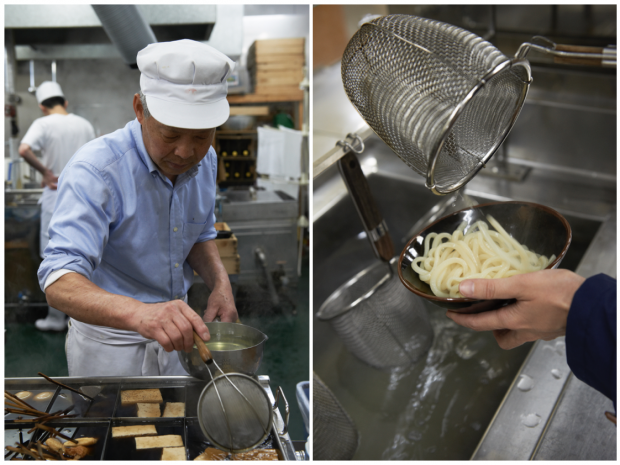 At Uehara-ya Honten, you can heat the noodles yourself to your preferred temperature. Oden is also of interest.
At Uehara-ya Honten, you can heat the noodles yourself to your preferred temperature. Oden is also of interest.
When you pick up a noodle with your chopsticks, the thickness and volume of the noodle makes you feel that you have come to Sanuki. Originally, Sanuki had low rainfall and was an ideal place for wheat cultivation. Udon noodles have a strong presence because of the climate. Salt has also been produced in Sanuki for a long time to support the firmness of the noodles, which is the main ingredient. It is one of the ‘three whites of Sanuki’ (sugar, salt and cotton) of which the local area is proud.
Once you have gained strength from the local flavours, head further into town. Encounters with cute things from Sanuki can be made at the select shop IKUNAS gallery. For example, Sanuki Temari (手まり), made from Sanuki cotton threads, are individually crocheted with a needle. These simple local toys are impressive for their grass-dyed colours. Kagawa lacquerware, which was encouraged by Lord Yorishige and took root in the region, is a sight to behold with its diverse techniques.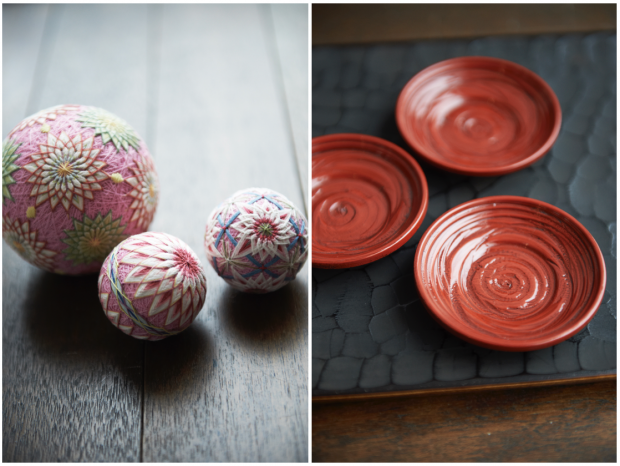 Kagawa lacquerware for sale in the IKUNAS gallery, ‘Kagawa lacquerware, saucer pier bales, Goto (後藤) lacquerware’.
Kagawa lacquerware for sale in the IKUNAS gallery, ‘Kagawa lacquerware, saucer pier bales, Goto (後藤) lacquerware’.
“It was temporarily burnt to ashes in an air raid, but it seems to have vitality and has sprouted again,” says the priest.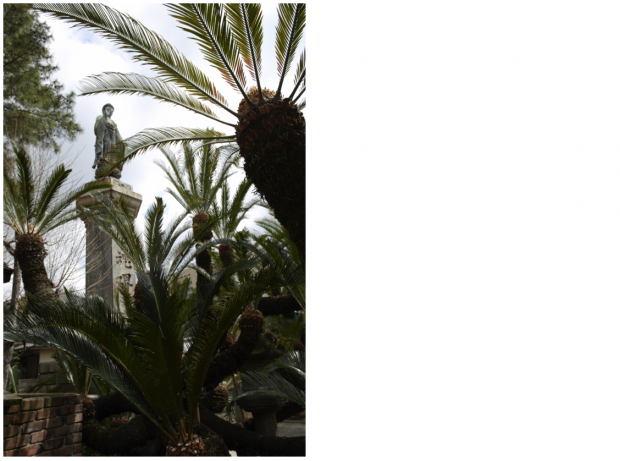 More than 400-year-old Korean southerly iron trees in Hosenji Temple.
More than 400-year-old Korean southerly iron trees in Hosenji Temple.
Streets lined with old shops reminiscent of the past. Old temples where people bow silently. The atmosphere is charming.
Kutsuwa-do Sohonten (くつわ堂總本店), a long-established kawara senbei (瓦せんべい; tile shaped biscuit) shop established in the early Meiji era, is interesting for its unusual trade name.
The shop owner tells us: “The name of the shop was given to the feudal lord because the founder calmed a runaway horse that had escaped from the castle by catching it with a ‘kutsuwa’ (bit).” The owner told us that it was only an oral tradition. There is a coffee room that retains the atmosphere of the Showa period, and the roll cakes have a good taste. The richness comes from the sugar used to make kawara senbei, which is made before the sugar is refined into wasanbon (和三盆; a type of sugar made from the sugar used to make kawara senbei).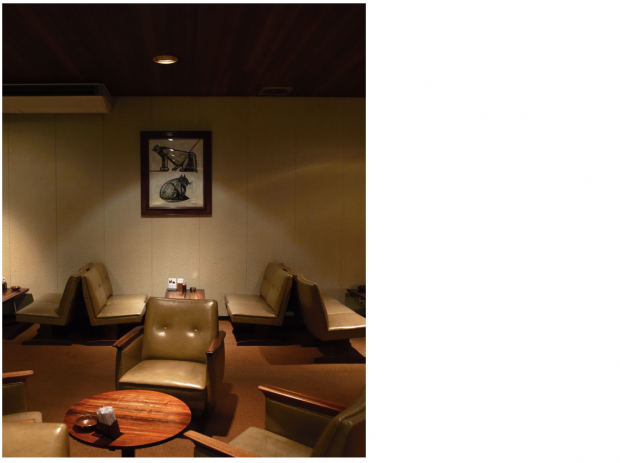 The interior of the Kutsuwa-do Sohonten coffee shop was designed in 1968 by local firm Sakura Seisakusho (桜製作所). The walls are decorated with paintings by Takamatsu-born Western-style artist Inokuma Genichiro (猪熊弦一郎).
The interior of the Kutsuwa-do Sohonten coffee shop was designed in 1968 by local firm Sakura Seisakusho (桜製作所). The walls are decorated with paintings by Takamatsu-born Western-style artist Inokuma Genichiro (猪熊弦一郎).
As you leave the shopping street, the smell of the sea approaches. Takamatsu Castle used to look like it was floating in the sea when seen from the sea. The castle tower has been lost, but the history of the castle has been handed down to the present in the form of Tamamo Park. The Tsukimi turret, an important cultural asset, is beautiful and sea breams, not carp, swim in the moat filled with seawater.
“It is said that Lord Yorishige swam in this moat,” said our local guide. When I looked at him, he replied: “In times of peace, he had his vassals practise swimming too.” It was a trick of the eye that I suddenly thought I saw the lord swimming hard.
Walking along Takamatsu Harbour, the sound of the waves inviting you to watch the islands of the Bisan Seto (備讃瀬戸) and the comings and goings of the boats is a picture that will be imprinted in your heart.
This article is translated from https://intojapanwaraku.com/rock/travel-rock/1435/






